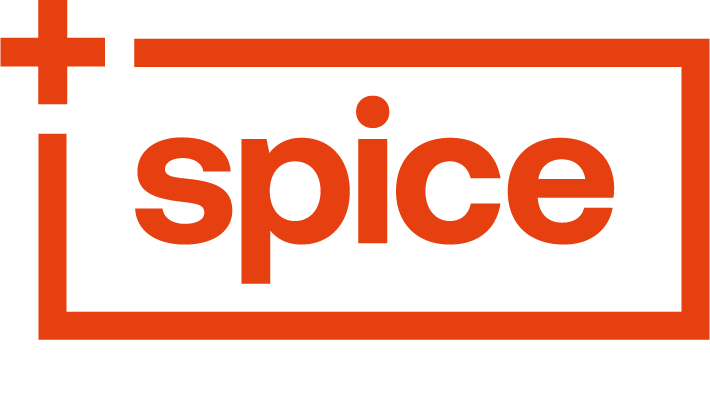
One of the most daunting parts of people management is having difficult conversations. Even with preparation, diplomacy, and an ideal setting, things don’t always go as smoothly as we would like.
But what happens when these difficult conversations need to happen remotely?
How do managers handle disputes, disciplinaries, or even redundancies with someone who isn’t physically present?
Social distancing and a move to remote work have created an entirely new HR climate, and managers must adapt their communication methods to suit different set-ups.
Let’s explore some of the best ways of having difficult conversations remotely.
How To Handle Having Difficult Conversations Remotely
Choose An Appropriate Communication Channel
Visual contact plays a crucial role in communication. Without it, we lose the nuances of body language and facial expressions that we have been taught to subconsciously react to from a young age.
Even though video calling can still provide those visual cues, they are less clear virtually than they would be if the person were in the same room as you. There may be delays or technical issues, and interaction doesn’t flow quite the same way as it does when we are physically face to face.
Effective communication is even more critical when conducting emotionally challenging conversations. Without it, things can easily be misconstrued, sending the interaction in the wrong direction.
Chatting over video is still preferable to a phone conversation – especially when the subject matter is charged. A definite no-no for a difficult conversation is to try and hold it using written communications – it’s all too easy for people to interpret the tone or message differently than intended, and there’s no chance for immediate clarification if there’s a misunderstanding.
However, it is appropriate to follow up a video or voice call with an email or letter to confirm what has been discussed and what will happen next.
If the conversation is part of a formal disciplinary investigation or meeting, then it’s also really important to make sure that you’re following the correct process, based on the ‘offence’ that is being discussed. As a minimum, for any ‘formal’ discussion there’s a requirement to allow the person involved the opportunity to bring a support person or representative with them. If you don’t have a formal disciplinary process in place, we’d recommend you get in touch with us – this area is a potential minefield! But back to the conversation at hand…
Remove Potential Distractions
The beauty of technology is that you can have meetings from almost anywhere – a café, a beach, or in your kitchen. But just because you can doesn’t mean you should. A tough conversation requires all your attention, so ensure you are making the call from a quiet spot where you won’t be interrupted.
Your employee deserves your undivided attention, so turn off any notifications, silence your phone, and don’t be tempted to multitask by reading emails or ticking off other tasks during the call.
Take Your Time
While any issues with your employees should be handled promptly, that doesn’t mean you should jump into a confrontation without adequate preparation. You need time to assess the situation and develop a plan of how to approach the interaction.
You may also need time to gather evidence, check procedures, and ensure you are handling everything appropriately. Your disciplinary process should serve to guide you here.
Regardless of the formality of the meeting, make sure you prepare appropriately, by outlining for yourself what you want to talk about and the outcome you would like to reach. Remember, your intention is not to blindside your employee and catch them out. Give them some information on what you need to talk about in advance so they can also prepare (this will also form part of your formal process).
Encourage Two-Way Tough Conversations
Regardless of the nature of your tough conversation, your employee must be given the opportunity to respond. Often these discussions can pave the way for a coaching experience rather than be a one-sided “telling-off.”
Leave time and space to hear their side of the story. Remember, these meetings are challenging for both parties, so encourage them to share their thoughts and feelings about what is going on. You may gain insight that can help provide a resolution.
Consider Their Needs
Choose a time and communication method that suits you both. Bear in mind that remote workers may be in different time zones or have commitments in the home to work around. Some may use their communal living spaces as an office, so will need to choose a time where they can be alone and focus on your meeting.
Everyone has different comfort levels when it comes to communication and technology so you do need to be aware of this and take that into account when arranging for these conversations.
Adjust Your Communication Style
Managing tough conversations is never easy, particularly if you are overseeing a remote team. But there are ways to make the process easier and increase your chances of a positive outcome.
One of the best ways to approach any conversation, be it unpleasant or otherwise, is by understanding other people’s communication styles and adapting yours accordingly. Extended DISC gives you insight into the way people act, how they communicate, and what drives them, empowering you to nurture and build relationships effectively – even virtual ones.
If you would like to know more about Extended DISC profiling in the workplace, need help with a formal performance management process, or want to create a plan for having difficult conversations remotely, then connect with us at Spice HR today.
